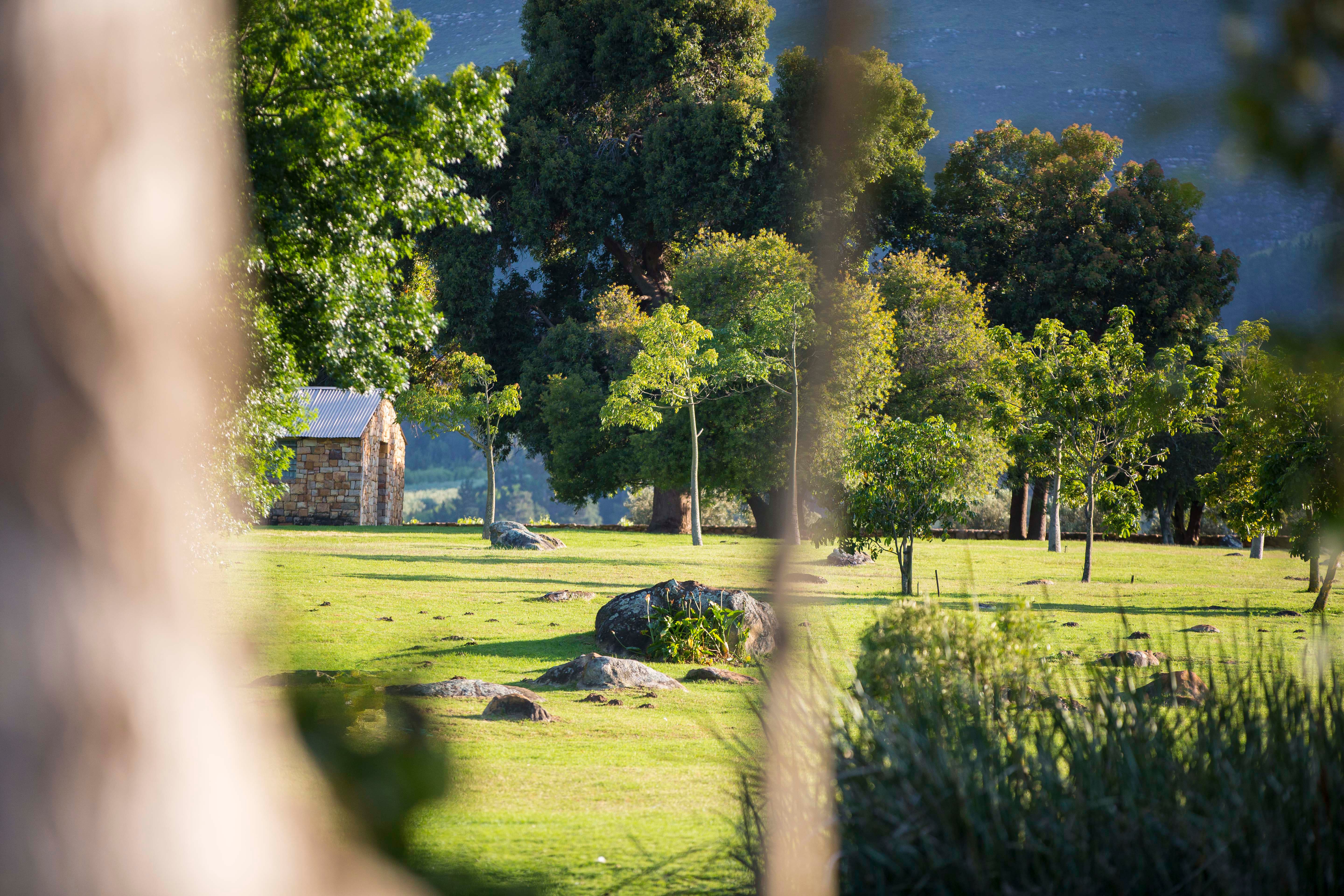Taste the heritage of South Africa: Waterford Old Vine Project Chenin blanc

Crafted from vineyards planted in 1966 this wine is not only packed full with flavour, it is packed full of history
Chenin blanc came to South Africa as one of the first varieties planted in the country in the mid-1600’s under the name Steen. This led to much confusion amongst the wine industry as no one could confirm if Chenin blanc was in fact the Steen varietal, until 1963, where the Head of Viticulture at the University of Stellenbosch, Professor C.J Orffer, matched Steen and Chenin blanc leaves and finally pronounced Steen, Chenin blanc.
Chenin blanc has a long-standing history in South Africa and has formed the backbone of our wine industry and our brandy industry.
The Wine
The wine's aromas are white pear and pithy grapefruit, followed by elements of peach pip, light honeycomb and soft floral notes. The mouthfeel is layered and smooth but holds a tremendous amount of mineral flavour and depth. The concrete egg fermentation drives purity and minerality which creates a lovely fresh and soft “sweet fruit” finish on the palate.
The Vineyard
The grapes are harvested from a vineyard planted back in 1966, this is important as older vineyards create higher-quality grapes while producing a smaller yield. The vineyard is based in the Botelary area in Stellenbosch, a popular area to grow the varietal as the conditions lean perfectly into creating the truly unique South African style of the wine.
With the vineyard’s age it is a registered and protected heritage vine and falls into the Old Vine Project. The Old Vine Project was created as a means to encourage vineyards to want to age their vines, when a vine is young it creates a lot of grapes and a lot of bunches and along with this increased yield the quality isn’t anything to write home about. Older vines on the other hand, have had the time to grow their roots deep into the soil gathering minerals and nutrients from the lower layers of the soil profile, this improvement in the quality of nutrients allows the vine to produce higher quality, more concentrated grapes.
Winemaking
In the cellar we don’t let the wine touch a single stainless steel tank or a single oak barrel, we utilise concrete eggs for the fermentation and maturation process. The concrete eggs are a neutral material, offering no vessel influence on the wine, therefore you are tasting exactly what the Chenin blanc tastes like without masking any of its notable quality. The material is also very porous which allows air to interact with the wine thus fully developing the flavour profiles and aroma profiles. The egg shape is also important as it allows the wine to constantly circulate around the vessel thus sturring up the yeast cells and creating the brioche quality that is so noticeable in the wine.
Wine Fact
South Africa grows more Chenin blanc than the entire world combined grows.
Awards
Platter’s Wine Guide 2023 – 4.5 Stars



